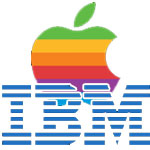December 6th, 1768: Encyclopedia Britannica Published
Subscribe! Spotify | RSS | More
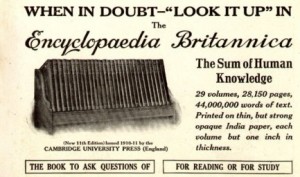
1768 – Encyclopedia Britannica began publishing the first print – otherwise known as “part I”. It was the brain child of Colin Macfarquhar, and Andrew Bell, and was a conservative reaction to the French Encyclopédie of Denis Diderot. The first volume would be completed Edinburgh, Scotland by 1771. The 3rd edition would become popular and also expand for the first time. Since then, the Britannica would be digitized and put on CD, then DVD format. Today’s current version has 400 editors and 1,000 contributors. The Encyclopedia also saw several pirate copies during it’s 242 year run.The Encyclopedia would move to the US in 1901. Today, Britannica is produced as a digital version.
This Day in Tech History podcast show notes for December 6
Subscribe to Day In Tech History:
RSS Feed - iTunes - Android - Spotify - iHeartRadio
Facebook -
- RSS Bandwidth by Cachefly Get a 14 Day Trial
- Join me on Patreon and support Day in Tech History
- IBM 2420
- Playstation sells 300,000
- Apple Shares fall
- Opera v.5 is released
- .XXX goes online
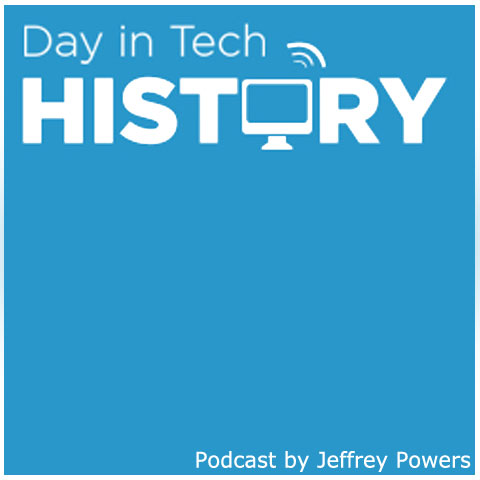
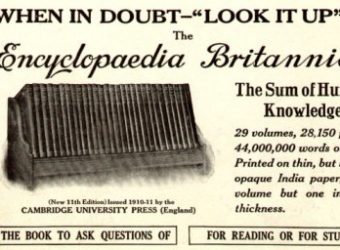


![IBM[1] IBM](https://dayintechhistory.com/wp-content/uploads/2012/09/IBM1-340x250.jpg)
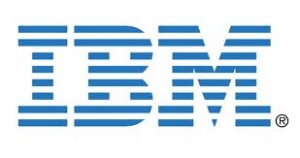
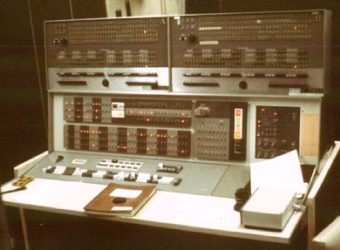
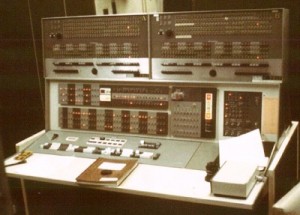
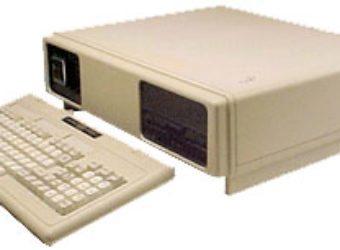
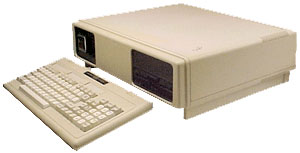
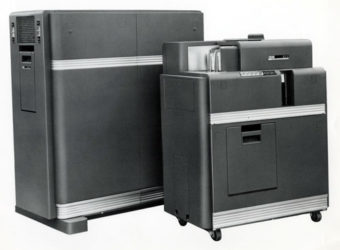
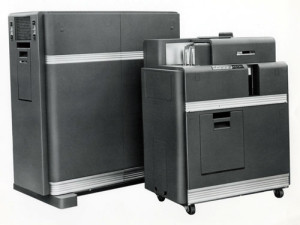
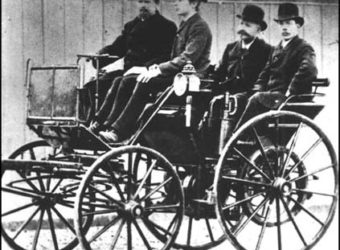
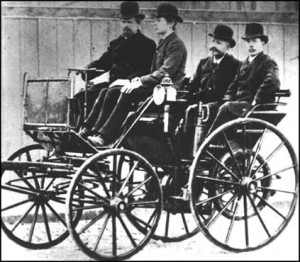
![Etch-A-Sketch[1] Etch A Sketch](https://dayintechhistory.com/wp-content/uploads/2013/07/Etch-A-Sketch1-340x250.jpg)
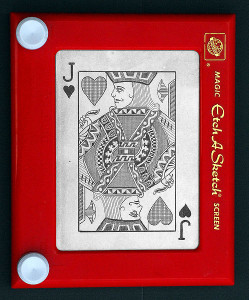
![AppleIBM[1] IBM Apple](https://dayintechhistory.com/wp-content/uploads/2013/07/AppleIBM1-340x250.jpg)
